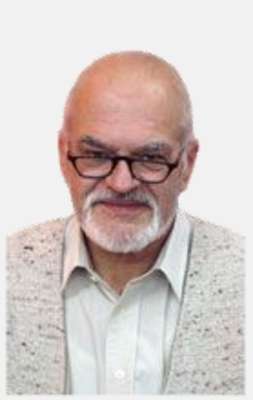Maser studied philosophy, mathematics, and physics at the Stuttgart Institute of Technology (now: University), and the University of Tübingen. In 1965, he received his PhD under Max Bense for his thesis entitled “Die ontologischen Grundlagen und ihre Folgen im Werk von Gottlob Frege” [The Ontological Foundations and their Consequences in the Work of Gottlob Frege]. He submitted his second doctoral thesis (the German Habilitation) in 1968 to the University of Stuttgart. Under the title, “Numerische Ästhetik” "[Numerical Aesthetics], it is a comprehensive account of formal methods in aesthetic judgment.
Since 1969, he was teaching at the University of Stuttgart, the Institute for Environmental Planning in Ulm (the former Hochschule für Gestaltung), State Academy of Fine Arts in Braunschweig and the Bergische Universität – University of Wuppertal. His teaching covered the fields of semiotics, information theory and communication theory, cybernetics, systems research and planning theory, as well as design theory.
Maser formulated the most distinct and comprehensive account of Information Aesthetics – the formal aesthetic theory based on Shannon’s information theory that Max Bense and others developed in the late 1950s and 1960s. As an aesthetics purely of the object (with no consideration of the perceiving and interpreting subject), information aesthetics was bound to fail. It was, nevertheless, a heroic attempt to formalize what can, perhaps, not be formalized.


